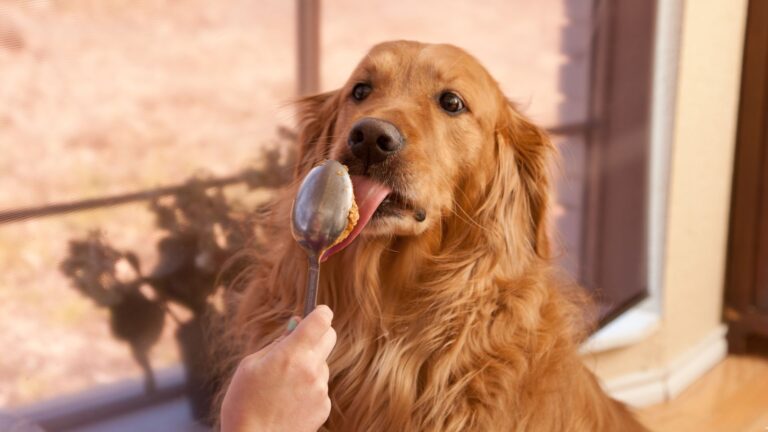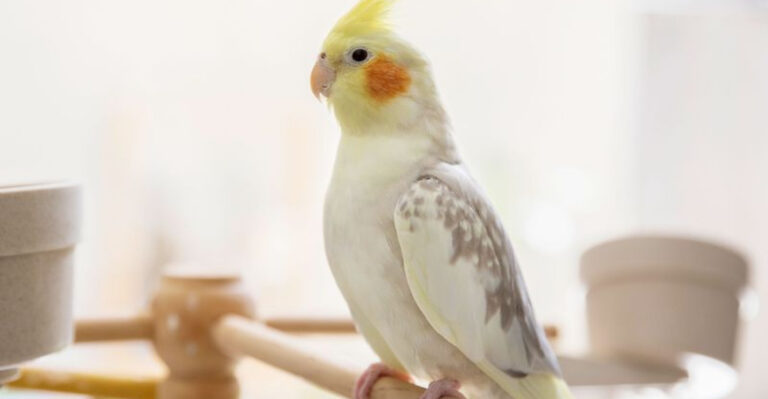How To Stop Your Dog From Begging At The Table
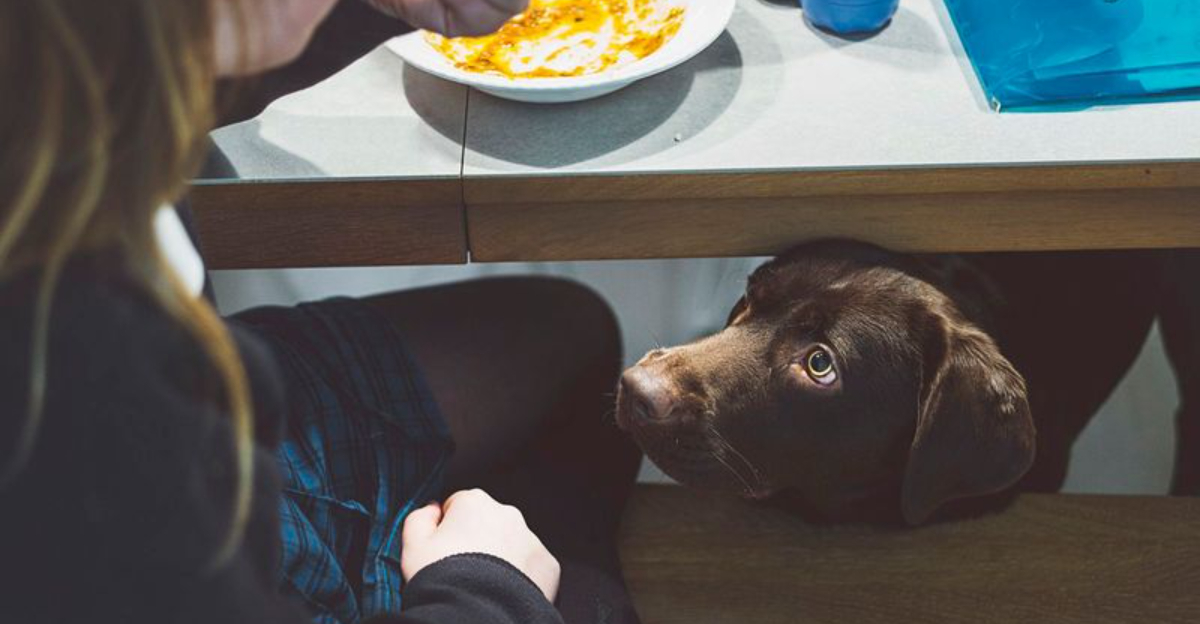
Mealtime shouldn’t be a staring contest with your four-legged friend. Those puppy eyes might be cute, but giving in only reinforces begging behavior that becomes harder to break over time.
Whether you’ve got a new puppy or an old dog learning new tricks, these practical strategies will help reclaim your peaceful family dinners without the guilt-inducing canine audience.
1. Feed Your Dog Before Family Meals
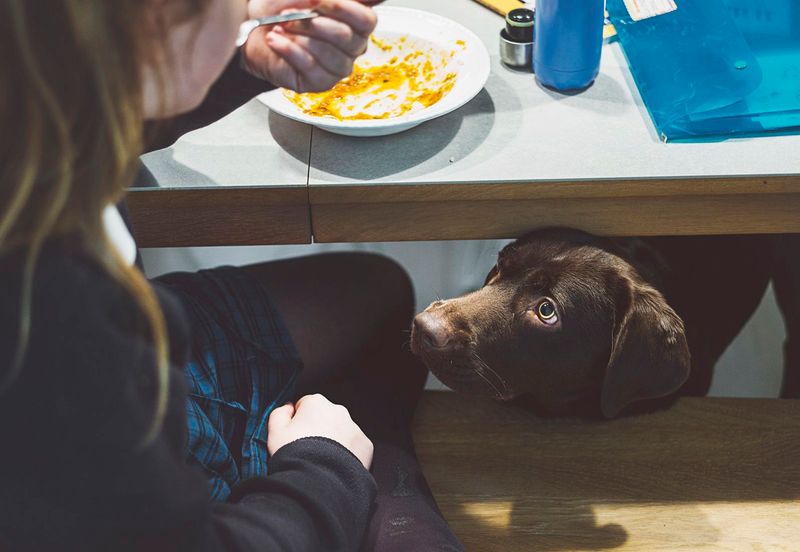
Hungry dogs are more likely to beg. Schedule your pup’s dinner right before your own mealtime so their belly is full when you sit down to eat.
A satisfied dog is less motivated to plead for your food. This simple timing adjustment creates a natural boundary without any confrontation or training struggles.
2. Create A Designated Spot During Meals
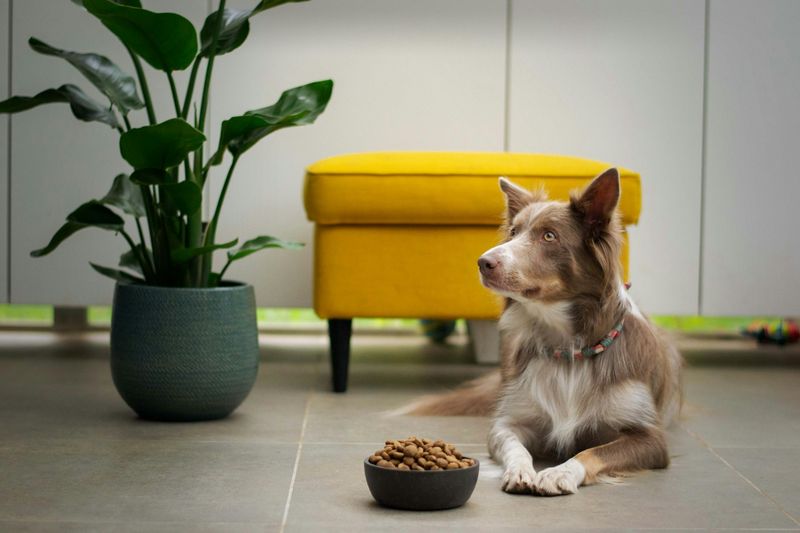
Pick a specific place where your dog must stay during mealtimes. Maybe it’s their bed, a mat, or even another room entirely.
Consistency is key! Reward them for staying put with praise or a treat after dinner. Eventually, they’ll automatically go to their spot when they see you preparing to eat.
3. Never Give Food From Your Plate
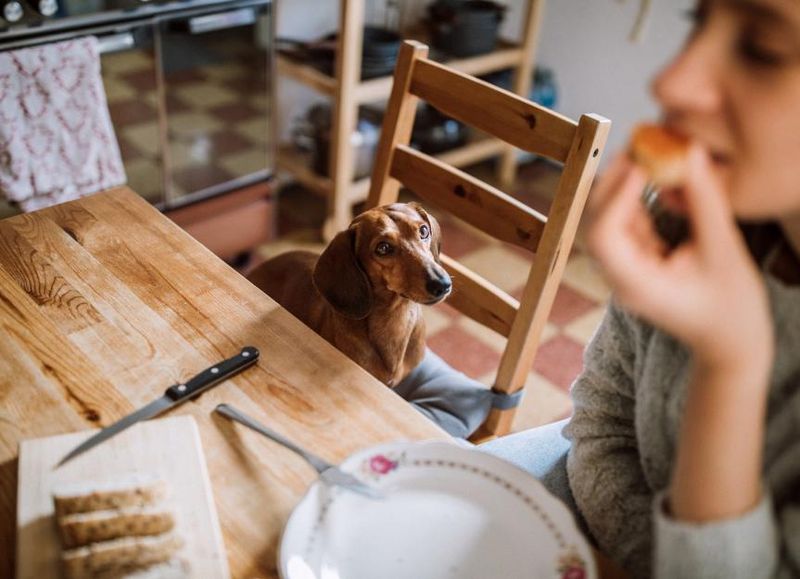
Sneaking scraps teaches your dog that begging works. Even those occasional “just this once” moments send confusing signals about the rules.
Make a household agreement that nobody feeds the dog from the table—ever. This zero-tolerance policy might seem strict, but it’s the fastest way to extinguish begging behaviors.
4. Reward The Behavior You Want
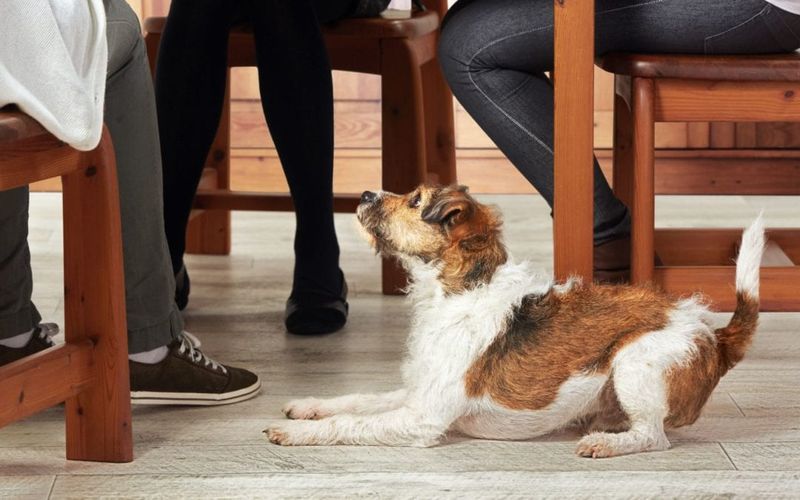
Catch your dog being good! When they’re quietly lying down instead of begging, quietly praise them or toss a treat to their spot (not from your plate).
Positive reinforcement works wonders. Your dog will start to realize that not begging gets more attention than whining or staring does.
5. Use A Baby Gate Or Barrier
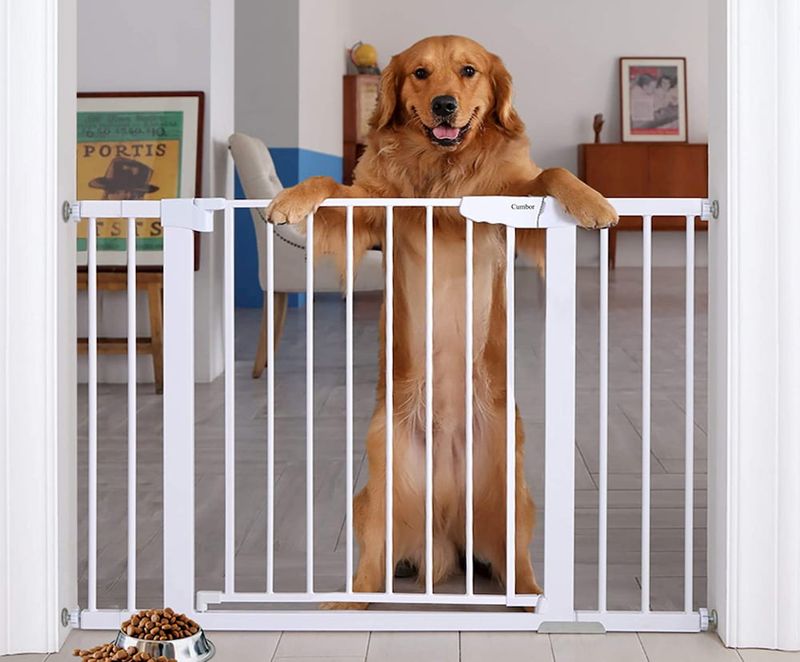
Sometimes physical boundaries work best. A baby gate keeping your dog out of the dining area creates clear expectations without constant correction.
Your furry friend can still see you but can’t practice those pushy begging behaviors. Many dogs actually relax more once they understand they simply can’t access the eating area.
6. Practice The “Leave It” Command
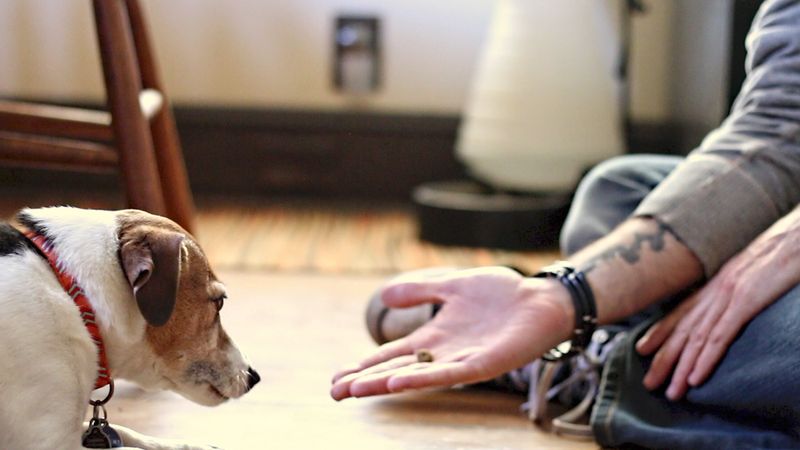
This versatile command works wonders beyond just begging. Start with treats in your closed hand, only rewarding when your dog backs away instead of nosing for food.
Gradually work up to leaving food on a plate while your dog maintains distance. With consistent practice, “leave it” becomes a powerful mealtime tool.
7. Provide A Mealtime Distraction
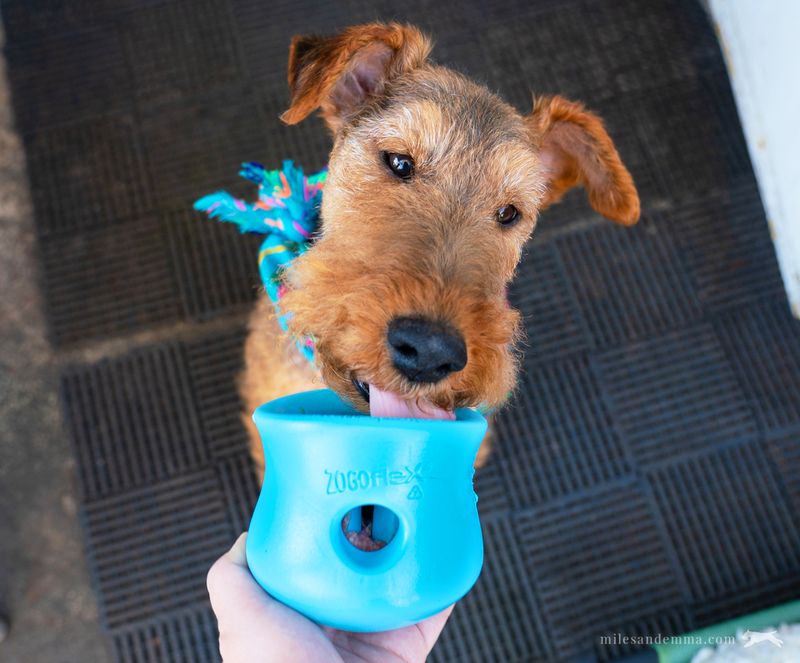
Give your dog something engaging to do during your meals. A puzzle toy stuffed with peanut butter or a special chew keeps them happily occupied elsewhere.
Reserve these special treats exclusively for your dinner time. Your dog will actually look forward to you eating because it means they get their special activity!
8. Ignore The Behavior Completely
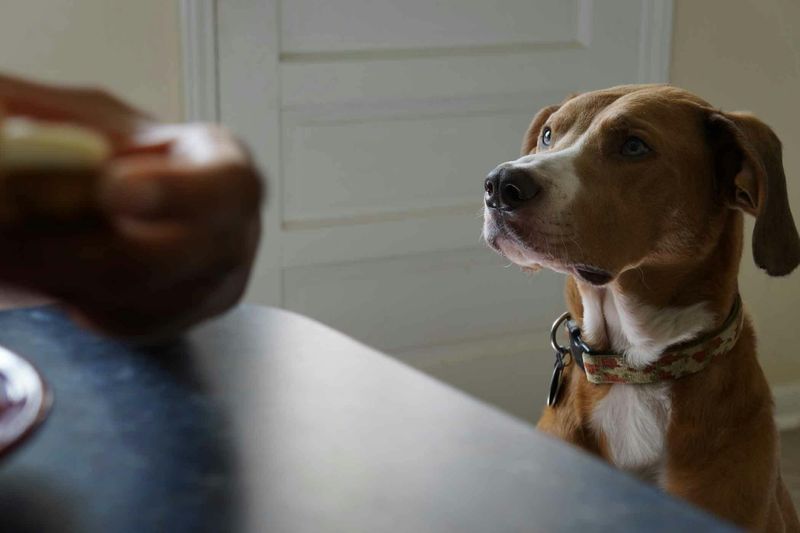
Begging thrives on attention—even negative reactions can reinforce it. When your dog tries begging, act as if they’re invisible. No eye contact, no scolding, nothing.
This approach requires patience and consistency from everyone. The behavior might temporarily worsen before improving, but most dogs eventually give up when begging yields absolutely no results.
9. Keep Food Out Of Reach

Counter-surfing and table-snatching reinforce the idea that people food is fair game. Push plates toward the center of the table and never leave food unattended.
Success breeds more attempts! One triumphant food theft can inspire weeks of renewed begging efforts, so prevention matters more than you might think.
10. Crate Training For Mealtimes
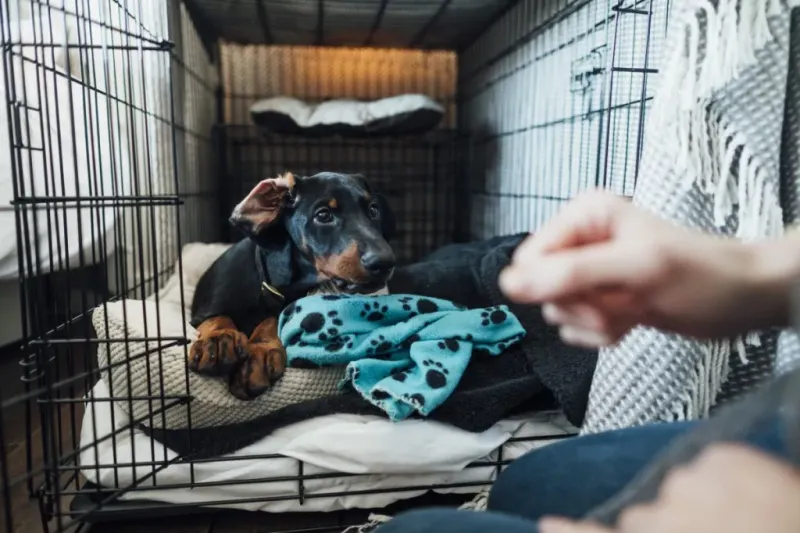
A properly introduced crate becomes a cozy den, not punishment. Feed treats and meals in the crate regularly so your dog forms positive associations with it.
During family dinners, a brief crate session with a special toy creates clear boundaries. Many dogs actually appreciate the structure once they’re properly crate trained.
11. Establish A Pre-Meal Exercise Routine
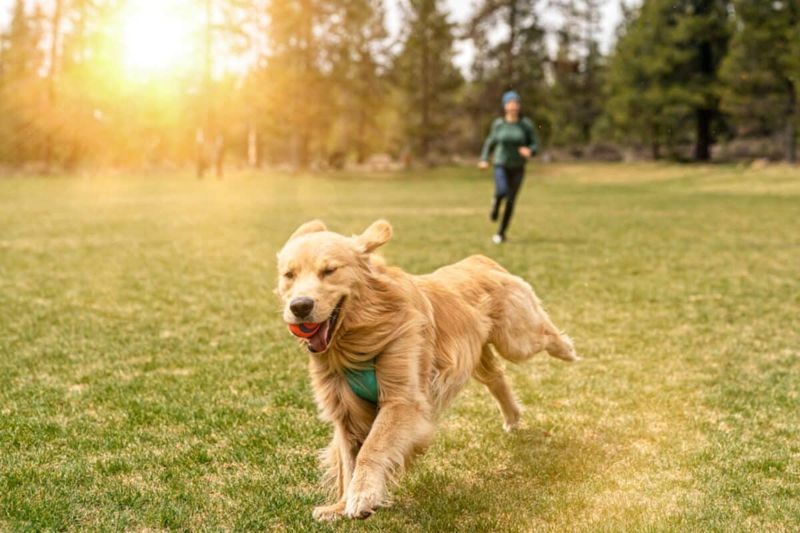
A tired dog is a well-behaved dog! Schedule a brisk walk or play session before your dinner to burn off excess energy.
Physical activity reduces restlessness and calms the mind. Your dog will be more likely to relax during your meal instead of pacing around begging for food or attention.
12. Teach The “Go To Your Place” Command
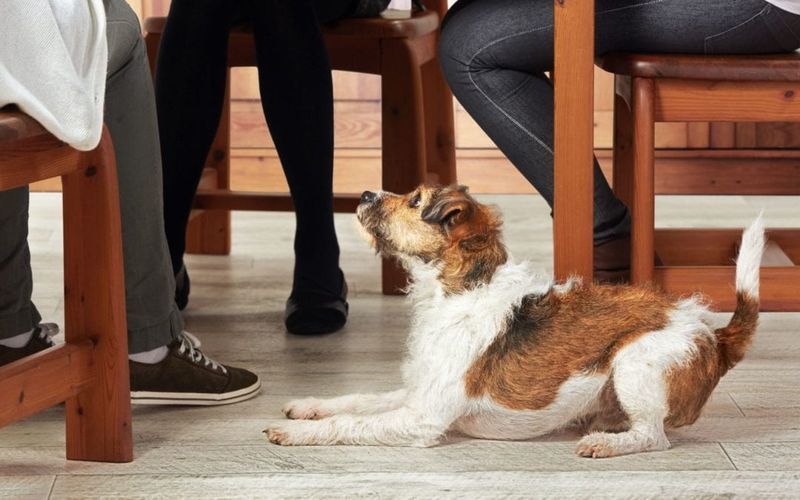
This directional command gives your dog clear instructions. Start by leading them to their bed or mat, saying “place” and rewarding them for staying.
Gradually increase distance and duration. Eventually, you’ll be able to send them to their spot from the dinner table with just a word, creating mealtime harmony.
13. Use Taste Deterrents On Table Edges

For persistent edge-lickers and table-sniffers, pet-safe bitter sprays can break the habit. These non-toxic solutions taste terrible to dogs but won’t damage your furniture.
Apply to table edges where your dog typically rests their chin or attempts to reach food. One unpleasant taste experience often discourages future investigation!
14. Consider An Automatic Training Device
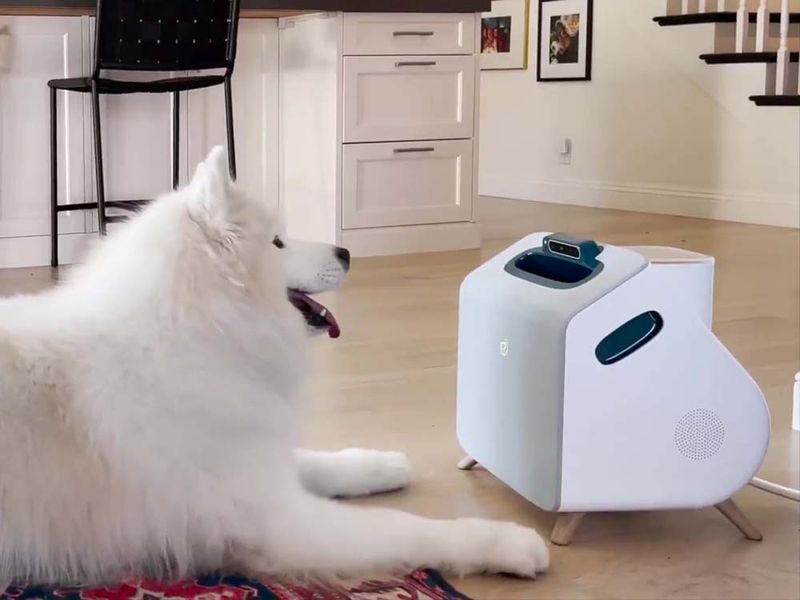
Motion-activated deterrents can work when you’re struggling with consistency. These devices emit a harmless puff of air or a noise when your dog approaches forbidden areas.
The advantage is their reliability—they respond every single time, unlike busy humans. Many dogs quickly learn which areas are off-limits without any hands-on correction needed.
15. Make Mealtimes Boring For Your Dog
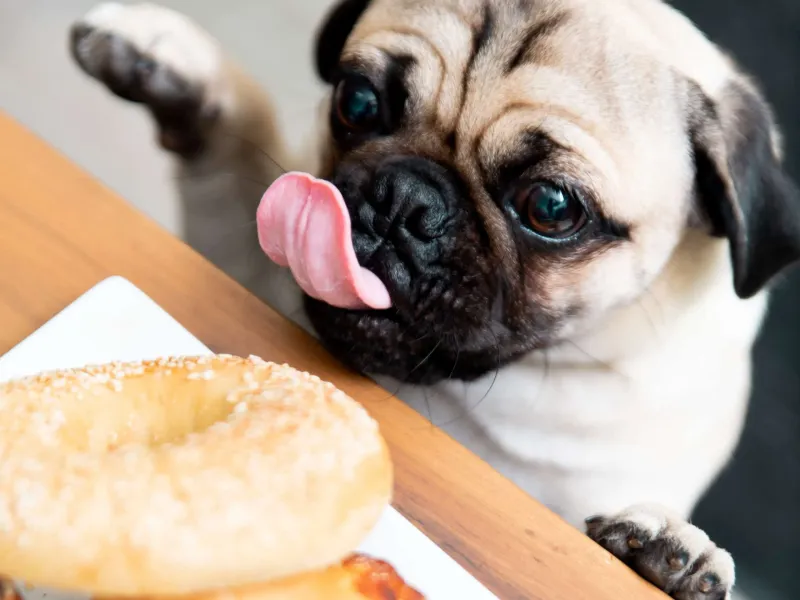
Excitement and attention fuel begging behaviors. Keep conversation normal and avoid making a big fuss about food in your dog’s presence.
Don’t wave food around or talk about how delicious everything is. The more mundane your meals seem from your dog’s perspective, the less interesting they become as begging opportunities.


